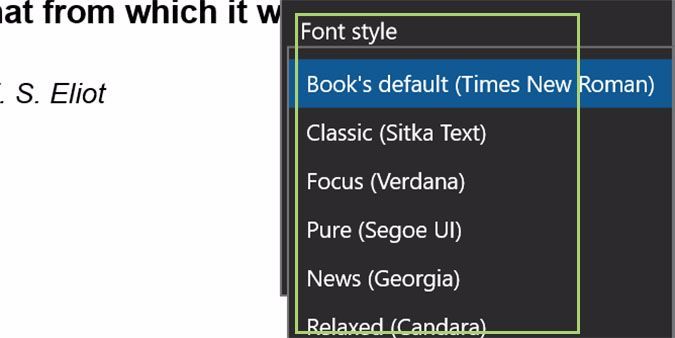Transforming the Aesthetics: A Comprehensive Guide to Changing the Look of Windows 10

Introduction
Windows 10, the flagship operating system from Microsoft, has undergone numerous updates and improvements since its initial release. While its functionality and performance have been consistently enhanced, users often seek ways to personalize their computing experience. One aspect of personalization that often captures attention is changing the look of Windows 10. In this extensive guide, we will delve into various methods and tools that allow users to customize the appearance of Windows 10, specifically focusing on the visual transformation of the operating system’s aesthetics.
Section 1: Themes and Visual Styles
Windows 10 comes with a default theme that governs its overall appearance, including window borders, taskbar, and system icons. However, users can easily change the theme to suit their preferences. Microsoft provides a collection of built-in themes, but the customization options don’t end there. Third-party themes and visual styles are available, allowing users to completely overhaul the look of their operating system.
1.1 Default Themes Windows 10 offers a range of default themes accessible through the Settings app. Users can navigate to “Settings > Personalization > Themes” to explore and apply different built-in themes provided by Microsoft. These themes modify the desktop background, window colors, and sounds.
1.2 Third-Party Themes For a more extensive transformation, third-party themes can be downloaded and installed. Tools like UXThemePatcher enable the installation of custom visual styles not officially supported by Microsoft. DeviantArt is a popular platform where users can find a plethora of visually striking themes, ranging from minimalist designs to elaborate and artistic creations.
Section 2: Icon Packs and Start Menu Customization
2.1 Icon Packs Changing the default system icons is another effective way to give Windows 10 a fresh look. Numerous icon packs are available online, allowing users to replace the standard icons for folders, applications, and system elements with more visually appealing alternatives. Tools like IconPackager simplify the process of applying icon packs seamlessly.
2.2 Start Menu Customization The Start Menu is a central element of the Windows 10 user interface, and customizing it can significantly impact the overall aesthetic. Users can resize and rearrange tiles, change the background color, or even employ third-party tools like StartIsBack to bring back the classic Windows 7 Start Menu. Additionally, tools like Open-Shell provide advanced customization options for the Start Menu, enabling users to create a tailored look and feel.
Section 3: Window Borders and Transparency Effects
3.1 Window Borders Adjusting window borders can be a subtle yet impactful way to enhance the visual appeal of Windows 10. Tools like WindowBlinds allow users to apply custom window borders and styles, providing a unique and personalized touch to the overall user interface.
3.2 Transparency Effects Windows 10 includes transparency effects that add a touch of elegance to the user interface. Users can customize the level of transparency through the Settings app, but third-party tools like Glass8 enhance these effects further. Glass8 enables users to achieve a more pronounced and refined transparency, creating a sleek and modern look.
Section 4: Taskbar Customization
4.1 Taskbar Color and Transparency The taskbar is a prominent element in the Windows 10 interface, and customizing its color and transparency can significantly impact the overall aesthetics. Users can explore the “Taskbar” settings in the “Personalization” menu to adjust color, transparency, and taskbar position.
4.2 Taskbar Icons and System Tray Modifying taskbar icons and system tray elements further contributes to the visual transformation. Users can customize which icons appear on the taskbar, rearrange them, or use third-party tools like 7+ Taskbar Tweaker to gain more control over taskbar behavior and appearance.
Section 5: Advanced Customization with Rainmeter
Rainmeter is a powerful tool that takes Windows 10 customization to the next level. This open-source platform allows users to create and apply custom desktop widgets, skins, and layouts. From dynamic weather displays to system resource monitors, Rainmeter enables users to design a desktop environment that suits their preferences and enhances functionality.
Conclusion
In conclusion, Windows 10 offers a multitude of options for users to change its look and feel, from built-in themes to third-party tools and advanced customization with Rainmeter. Whether you prefer a sleek and minimalist design or a more vibrant and artistic aesthetic, the flexibility of Windows 10 allows for a personalized computing experience. Experimenting with different themes, icon packs, and customization tools empowers users to transform their desktop environment into a visually appealing and unique space that reflects their individual style and preferences. Embrace the world of Windows 10 customization and make your computing experience truly your own.




